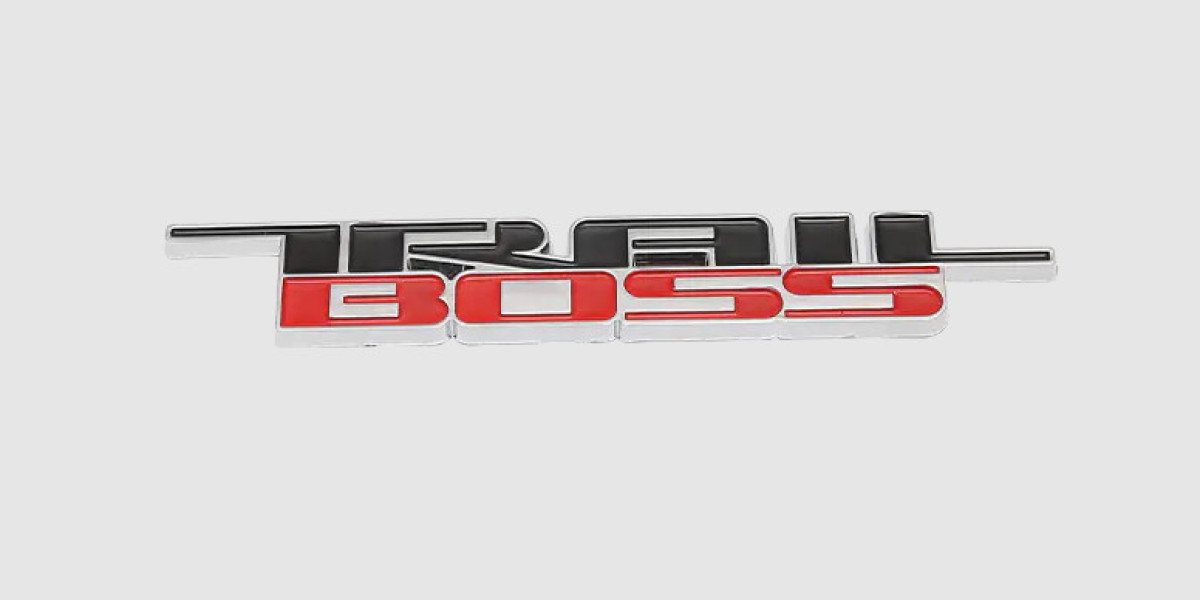A polyethylene extruder machine is a vital piece of equipment in the plastics industry, specifically designed to process polyethylene (PE), one of the most widely used thermoplastics worldwide. This machine plays a critical role in transforming raw polyethylene resin into various finished products such as films, sheets, pipes, and containers. Understanding how a polyethylene extruder machine operates and its benefits can help manufacturers optimize production efficiency and product quality.
At its core, a polyethylene extruder machine works by feeding polyethylene pellets or powder into a heated barrel where the material is melted and homogenized. A rotating screw inside the barrel pushes the molten polymer forward through a die, shaping it into continuous profiles that correspond to the desired product form. This process allows for high-volume, continuous production with consistent output.
One of the main advantages of a polyethylene extruder machine is its ability to precisely control temperature, pressure, and screw speed. These parameters are crucial for achieving uniform melting and mixing of the polymer, which directly impacts the mechanical properties and appearance of the final product. Advanced machines include automated controls and monitoring systems that optimize these variables to ensure product consistency and reduce waste.
Polyethylene itself is valued for its flexibility, chemical resistance, and durability. The extruder machine’s design must accommodate these properties to prevent degradation during processing. For example, the screw design and barrel length are engineered to provide efficient melting while minimizing shear stress that could damage the polymer chains. This careful design helps maintain the strength and flexibility that polyethylene products are known for.
Another important feature of polyethylene extruder machines is their adaptability. They can be equipped with different types of dies and accessories to produce a wide range of products. For example, flat dies are used for sheet and film extrusion, while circular dies create pipes and tubing. Some extruders also allow for co-extrusion, where multiple layers of different materials are combined to enhance product performance.
Maintenance and energy efficiency are other considerations. Modern polyethylene extruder machines often incorporate energy-saving technologies and easy-to-maintain components. Regular maintenance, such as cleaning the screw and die and checking heating elements, is essential to keep the machine running smoothly and extend its operational life.
In conclusion, a polyethylene extruder machine is an indispensable tool in the manufacture of various polyethylene-based products. Its precise control over processing conditions, flexibility in product design, and robust construction contribute to high-quality, cost-effective plastic production. Manufacturers investing in advanced polyethylene extruder machines can expect improved efficiency, reduced material waste, and consistent product standards, which are key factors in today’s competitive market.



